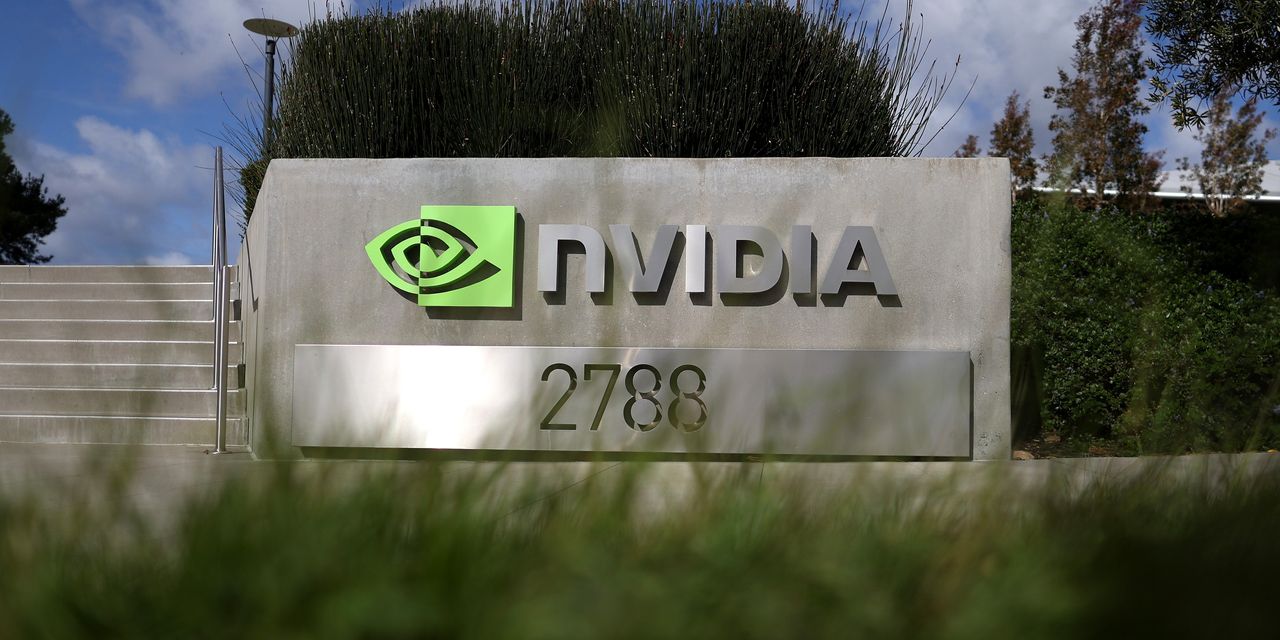There will be two major drivers of market sentiment this week — the gathering of Federal Reserve officials in Jackson Hole, Wyo., and Nvidia’s set of results — although there could be some fireworks from the Labor Department’s preliminary benchmark revision to the jobs data on Wednesday.
Related: Expectations for Nvidia’s earnings are massive. Will they even matter?
Jeremy Schwartz, global chief investment officer at WisdomTree, decided to take a look at Nvidia
NVDA,
whose stock has rocketed 196% this year on demand for chips that can process artificial-intelligence-related requests. On a price-to-projected sales ratio, Nvidia stands at a lofty 25, and an even steeper 40 when looking at the trailing 12 months, he says.
Nvidia now holds the distinction of having the highest price-to-sales ratio in the S&P 500, a title 99 companies have had since the 1960s. Tech stocks perhaps not surprisingly represent 27% of that group.
Over the next year, the average price-to-sales champion has seen its stock rise 12% on average, outperforming the broader market’s 11% rise; but over the next three years, the average stock has dropped 4% annually, compared to the market’s 9% rise, and over the next five years, it has fallen 2%, versus the market’s 10% gain. Those figures are taken from a book written by famed investment author Jeremy Siegel with Schwartz’s help.
The underperformance is even starker for the tech companies that hold the biggest price-to-sales ratios. And the median performance for stocks at these price-to-sales ratios is even worse.
“Our analysis suggests that an overemphasis on high P/S stocks may falter in the long run, as it may prove difficult for these companies to sustain the rapid growth required to justify these valuations and continue their performance trajectory,” says Schwartz.
Read the full article here





